Understanding a Walleye's Preferred Prey
A wealth of valuable information exists regarding walleye fishing so I make it a point to explore all available resources. However, I find that much of this information is often rooted in personal opinions rather than empirical scientific evidence. In this article, I have chosen to focus solely on facts derived from scientific research. To achieve success as a walleye angler, it is crucial to understand the predation behaviors of the species.
Many walleye anglers are aware that these fish typically feed most actively in low-light conditions, often suspended above the bottom and occasionally using structures for cover. However, are you familiar with their hunting strategies? Do you understand the size and shape preferences of their prey? Are you aware of which baitfish they favor? Gaining insight into this information could potentially enhance your walleye catch.
A study conducted by wildlife biologists Lisa Einfelt and David Wahl revealed some intriguing findings regarding walleye predation habits. One key observation was that walleye act more as "pursuers" of prey rather than "stalkers," in contrast to species like northern pike. Walleye tend to follow schools of baitfish, seizing opportunities to strike. They are particularly inclined to attack and consume baitfish that venture outside the safety of the school. This suggests that anglers should position their lures at the edges of baitfish schools rather than in the center.
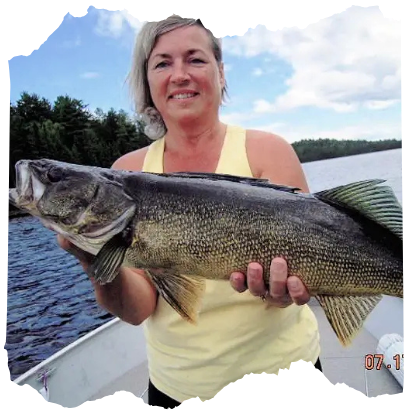
A perfect example on Lady Evelyn is when you find a shallow bar runnng from 5' to 15' that is loaded up with yearling smallmouth bass. Usually they are stealing every bait you drop. You have found a potentially productive spot located along the deep edges of that bar for some very good walleye fishing at the right time some evening.
Another example is a large expanse of weeds that are just loaded with undersized "bait-stealing" perch. If you keep fishing the deeper outside edges of those weeds, you can be sure the walleye will be there eventually because they will be cruising for the unlucky perch that leaves the protection of those weeds. And don't forget to move around in a weed bed looking for those open hard bottom pockets that will attract feeding walleye.
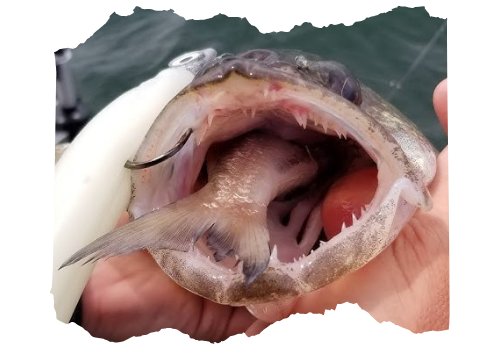
Walleye Point Of Attack
Another interesting thing scientists realized was the walleye's point of attack. I’ve seen it suggested that walleye (like bass) will hide in wait and attack from the side. This wasn’t the case in this study. It seems that walleye prefer to follow and attack from below and behind inhaling a baitfish from the tail region. Then they manipulate the prey in their mouth to allow for head first swallowing and ingestion. The exception to this rule is when they are attacking a larger baitfish which would be difficult to maneuver prior to swallowing. This requires a head first attack which does sometimes occur but on a much lesser scale. This walleye habit makes a good case for using trailer hooks in the presentation of your lure to ensure you take advantage of the walleyes attack habits.
Walleye Prey Sizes
This research found that larger walleye tend to go after larger prey. Probably because there is a better risk/reward ratio. Sometimes that isn't an option but when it is the larger prey always attracted the larger walleye's attention. If you are fishing for trophy walleye, consider using large swim baits or if you are searching deeper water use a bit heavier jigs with longer narrow plastic worms. My personal experience has shown that using a whole giant nightcrawler lightly hooked in the nose has a better hook up ratio than a small half crawler on larger walleye. This research backs that up by pointing out that walleye will attack larger prey from the head because it is easier to manuever to swallow.
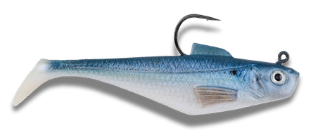
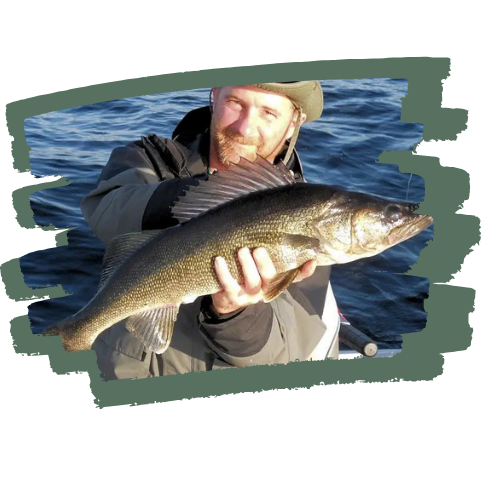
Walleye chose prey sizes that were toward the upper end or larger than those predicted to be optimal. For instance they observed a 100mm walleye consumed prey over a 20mm size range, whereas for 200mm fish, this range was about 50mm. However it seemed that body depth of the baitfish offered more constraint to a walleye than body length. For baitfish with larger depth bodies the walleye would selectively pick out smaller targets for easier swallowing. They also preferred baitfish with more of a contour at the head and the tail. This probably has a lot to do with their smaller mouth openings and has been learned over thousands years of evolution in selecting the right shape in larger prey.
The lesson here is to fish lures with proper contour that have less depth and may be a little longer in size. It also seemed that walleye preferred baitfish that lacked a spine and stiff body structure. Even though gizzard shad have more body depth they lacked a spine and had bodies that could easily be compressed for swallowing. Gizzard shad were preferred over both golden shiners and especially more rounded species like bluegill and crappie. Always try to find out what baitfish exists in the fishery you are going to be fishing. Next watch the hatch so to speak utilizing your knowledge of the baitfish that would be preferred based on the above results.
Imitate an Easy Target
Walleye just don’t like to put a lot of energy into their pursuit. In studies, a walleye's prey preferences were related to the amount of time and energy spent on capture. The walleye could more easily follow and get closer to the schooling baitfish and don't have to spend a lot of excess energy with wasted missed strikes. Easy soft long narrow targets were taken more often than any other large round potential prey species. This is not really newsworthy. It simply substantiates what most walleye fishermen already know. Provide an easy target from the walleye's point of view and you'll get more strikes.
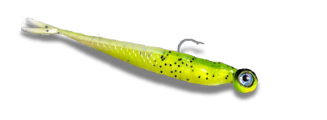
Angler's Advantage
Knowing the predatory habits of the walleye definitely gives a fisherman an advantage. Preparing unique methods and utilizing this type of information can help give a walleye fisherman a slight edge in locating and enticing walleye to strike his offerings. It will also help you pinpoint locations frequented by trophy walleye.
Always keep in mind that the home of the largest walleye without exception will always be in the deepest water in that immediate area. Walleye come out of that home traveling along visible and detectable paths before they scatter along a specific breakline to feed and then they always return to the safety of their deep water home. Your task in finding trophy walleye, bass and pike is to locate those unique structure "sign posts" these fish are using to mark their way from their deep home and back again on these relatively short movements.